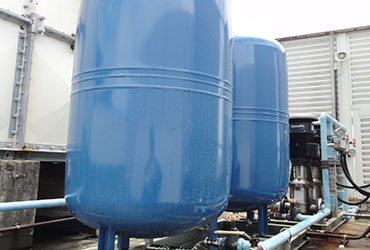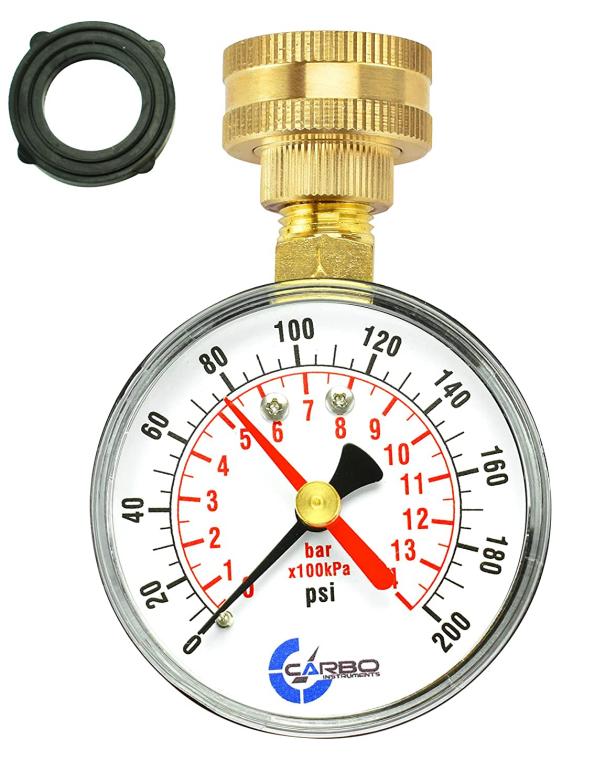Just about everyone has their own piece of advice with regards to 10 Reasons for Low Water Pressure in Your House.

Low water stress in your home can be a discouraging problem, influencing every little thing from showering to washing recipes. If you're experiencing weak water flow, there are a number of possible reasons and solutions to check out. In this overview, we'll review usual factors for low water stress and functional steps to address the problem successfully.
Intro to Low Water Stress
Low tide stress happens when the flow of water from your taps, showers, and other fixtures is weaker than usual. This can make daily jobs much more tough and much less effective. Understanding the sources of low tide stress is important to finding the best remedy.
Typical Root Causes Of Low Tide Pressure
Faulty Pressure Regulatory Authorities
Stress regulators are responsible for maintaining regular water stress in your home. If they malfunction, it can result in low water pressure or unequal circulation throughout the house.
Community Water Issues
In some cases, the problem exists outside your home. Community water supply problems, such as main line leakages or upkeep job, can briefly lower water stress in your area.
Pipe Obstructions
Gradually, pipes can come to be blocked with mineral deposits, debris, or debris, restricting the flow of water. This is a common problem in older homes with galvanized steel pipes.
Deterioration
Corrosion within pipelines can result in leaks and reduced water pressure. Rust build-up can constrict water circulation, specifically in maturing plumbing systems.
Just How to Identify Low Water Stress
Checking Pipelines
Examine visible pipes for indicators of leakages, rust, or blockages. Focus on any uncommon sounds, such as knocking or rattling pipelines, which can suggest problems within the plumbing system.
Consulting with a Plumber
If you're not able to pinpoint the root cause of low water pressure, take into consideration working with a professional plumber to perform a thorough evaluation. They can identify underlying issues and advise ideal remedies.
Examining Taps and Fixtures
Start by examining the water stress at various faucets and fixtures throughout your home. If the issue is isolated to certain areas, it might show localized problems.
Do It Yourself Solutions to Deal With Low Water Stress
Flushing Water Heater
Sediment buildup in the water heater can restrict circulation and reduce effectiveness. Flushing the container occasionally assists eliminate debris and maintain ideal performance.
Inspecting Stress Regulator
Guarantee that the pressure regulator is working correctly. Changing or replacing the regulator can help bring back proper water stress throughout your home.
Cleansing Aerators and Showerheads
Mineral deposits can gather in aerators and showerheads, lowering water circulation. Get rid of and cleanse these parts regularly to boost water stress.
Cleaning Clogs in Pipes
For small clogs, try making use of a plumbing serpent or chemical drainpipe cleaner to clear obstructions in pipes. Be cautious when using chemicals and comply with security guidelines.
When to Call a Professional Plumber
If DIY efforts stop working to fix the concern or if you presume considerable plumbing issues, it's best to look for aid from a licensed plumber. They have the experience and tools to address complicated issues safely and efficiently.
Safety Nets to Maintain Water Pressure
Setting Up a Stress Booster
Take into consideration setting up a pressure booster pump to boost water stress in locations with constantly reduced circulation. This can be specifically useful for multi-story homes or buildings with high-demand fixtures.
Tracking Water Usage
Be mindful of water usage practices and avoid ill-using the plumbing system. Basic adjustments, such as astonishing showers and washing tons, can aid keep sufficient water pressure.
Routine Maintenance
Arrange routine maintenance for your plumbing system to prevent concerns such as rust, leakages, and clogs. Resolving minor issues early can help stay clear of even more considerable fixings later on.
Verdict
Managing low water stress can be discouraging, but recognizing the underlying causes and carrying out proper solutions can bring back optimal flow throughout your home. Whether it's cleansing aerators, checking pipes, or talking to a plumber, taking proactive steps can guarantee a steady supply of water for your everyday requirements.
FOUR WAYS TO FIX LOW WATER PRESSURE NOW
Turning on a shower or faucet only to find the water comes out in a sad, slow drizzle is never a good feeling. How exactly are you supposed to wash a pan or take a quick shower when it takes 10 minutes just to rinse off a little soap? The good news is that when your water pressure is bad, there's always a cause: typically one that can be easily fixed. Here are some of the most common causes of low pressure and what you can do to fix the issue:
DEBRIS AND MINERAL DEPOSIT BUILDUPS
If you notice low water pressure from just one or two of the fixtures in your house, the problem likely has to do with debris buildup. Water is full of minerals and other debris, all of which can accumulate in your pipes and on your fixtures. This can cause a blockage that affects how much water flows through. To fix this, try filling a small plastic bag with white vinegar, and use a rubber band to hang it around your showerhead or faucet. Let the head of the fixture soak for a few hours, and the vinegar should loosen the deposits.
WATER LEAKS
Leaks are another common cause of low water pressure. If water is flowing out of your plumbing through a hole or crack before it can reach your fixture, the pressure coming out of the faucet or showerhead will be lower. A plumbing professional is your best bet for finding and repairing a leak in your water supply pipes.
Leaks are another common cause of low water pressure. If water is flowing out of your plumbing through a hole or crack before it can reach your fixture, the pressure coming out of the faucet or showerhead will be lower. A plumbing professional is your best bet for finding and repairing a leak in your water supply pipes.
A VALVE ISSUE
If you have low water pressure throughout your home, check your main shut-off valve to make sure it's completely open. You may also want to see if there's a pressure-reducing valve installed. If there is, have a plumber help you adjust the settings to get the pressure you're looking for.
OTHERS USING WATER
Believe it or not, your low water pressure could be caused by your neighbors. If you notice low pressure at certain times of day, it may be because you and the people living next to you have similar schedules - when everyone is showering at the same time, the pressure will be lower in every home. Low pressure throughout the neighborhood may also be caused by an issue with your municipal water supply. If that's the case, call the supplier to see if they're working on the issue.
https://www.rotorooter.com/blog/water-leaking/low-water-pressure-fixes/

Do you enjoy reading about Dealing with Low Water Pressure in Your Home? Place feedback below. We'd be pleased to find out your opinions about this article. We are looking forward that you visit us again soon. Are you aware of someone else who is enthusiastic about the niche? Why not share it. Many thanks for your time. Please pay a visit to our blog back soon.
Schedule A Free Estimate